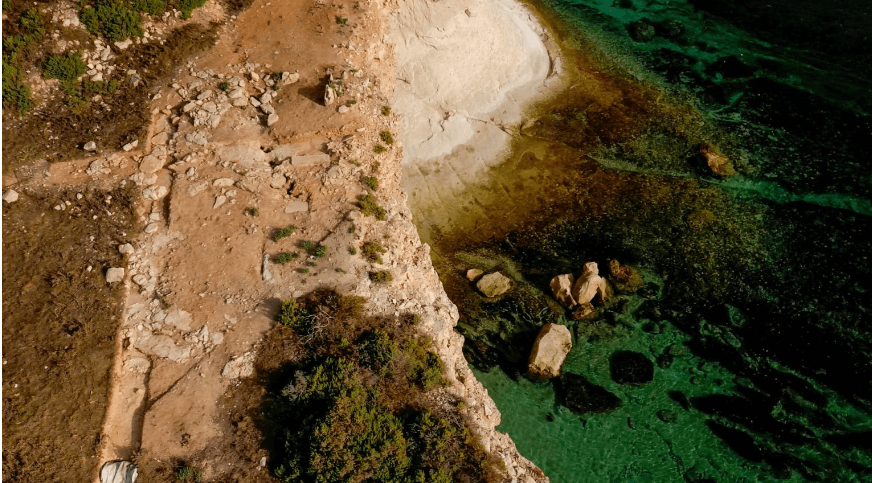The site was first discovered by Sir Temi Zammit and Thomas Ashby towards the beginning of the 20th century.
Heritage Malta archaeologists have identified and started to expose the remains of a prehistoric structure at Xrobb l-Għaġin, over a century after they were first discovered.
Following the excavation’s completion, some of the materials are set to be moved elsewhere so as not to risk them being lost to the area’s withering cliff edge.
The ancient site was first discovered by Sir Temi Zammit and Thomas Ashby towards the start of the 20th century.
Upon its preliminary excavation, the site was found to be very close to the cliff’s edge, with parts of it having already collapsed. As a result of this, excavation did not proceed any further.
The prehistoric remains discovered at the time were removed from the area, and the site became concealed again over the years.
Even with the technology available to archaeologists nowadays, restarting excavation on the site has still proved to be rather challenging.

Archaeologists had to be strapped to a tower crane during the excavation process to ensure their safety, should the cliff’s edge give way.
Between September and December 2021, archaeologists excavated two long trenches which resulted in the identification of the structure’s exact location. They also went on to identify parts of its flooring.
Once uncovered, the remains will be documented manually, digitally, and virtually.
By the end of this season of excavations, a condition assessment will be conducted to decide which parts of the structure would be better off getting relocated.
Vincent Attard, a representative of Nature Trust, expressed his satisfaction at having an important historical site form part of a public park.
He went on to explain how the relocated remains will still be accessible for the hundreds of people visiting the park.
Heritage Malta